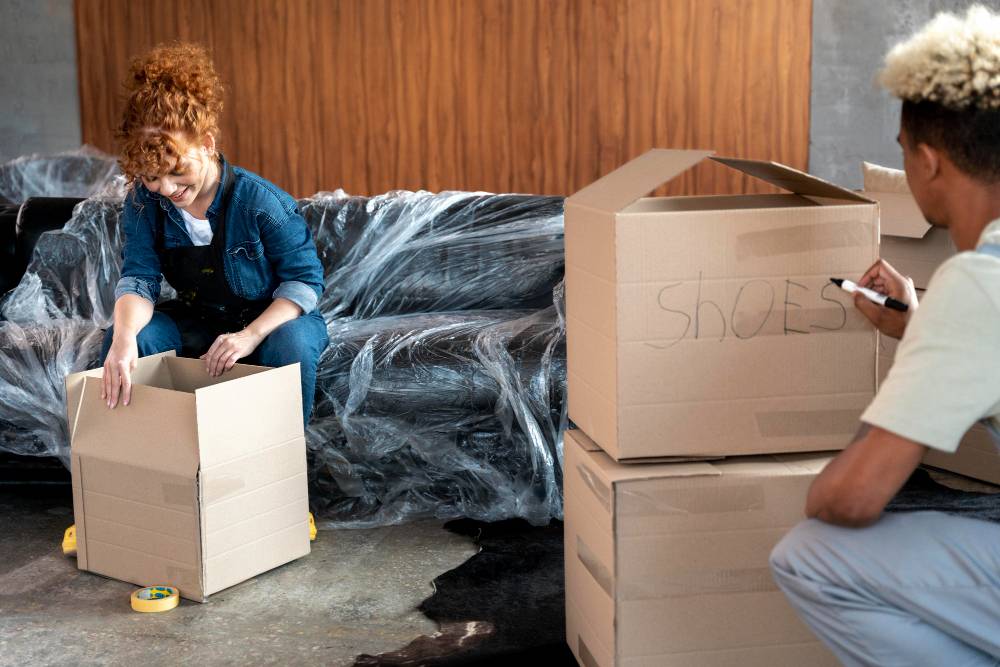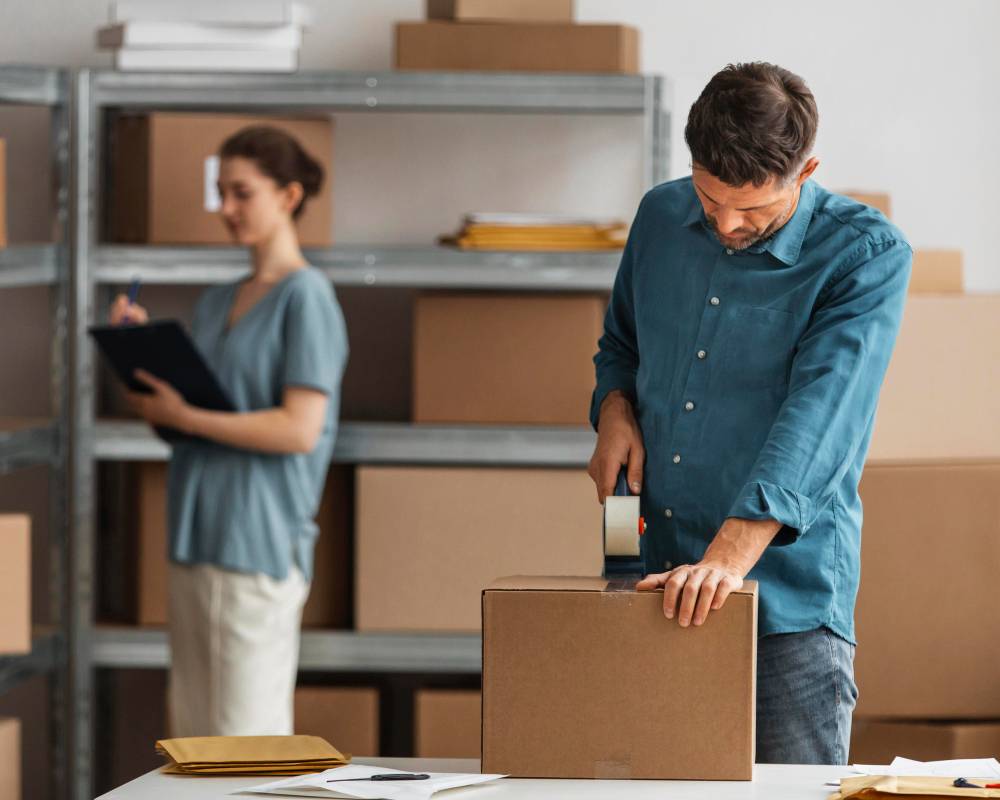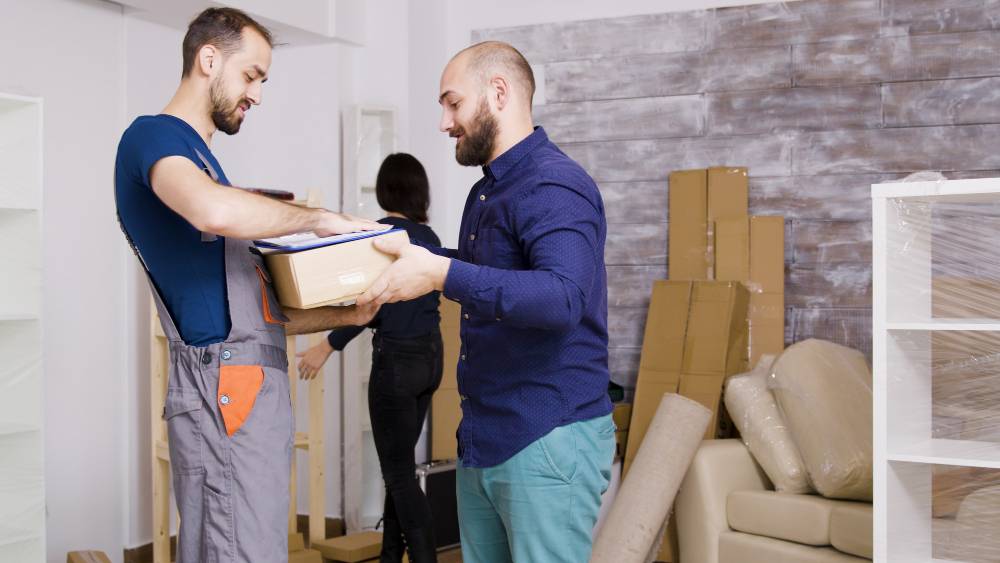Moving is already a challenging process, but when it comes to valuable and sentimental items, the stakes are even higher. Whether you’re dealing with expensive jewelry, family heirlooms, or irreplaceable keepsakes, taking the right precautions is essential. Improper packing or handling can lead to damage, loss, or unnecessary stress during the move.
Planning and using the best strategies for packing and transportation can make a significant difference. The key is to treat these items with extra care and avoid common mistakes that could put them at risk. In this guide, we’ll cover the essential dos and don’ts of moving valuable and sentimental belongings to ensure they arrive safely at your new home.
The Dos of Moving Valuable and Sentimental Items
1. Do: Plan and Create a Detailed Inventory
Moving valuable and sentimental items without a clear plan is a recipe for stress and potential loss. Start by creating a detailed inventory of all high-value and irreplaceable belongings. This list should include descriptions, photos, estimated values, and even receipts or appraisals if available. An inventory helps you keep track of everything and serves as crucial documentation in case of loss or damage during the move.
Once your list is ready, categorize items based on their fragility, size, and importance. For instance, small valuables like jewelry and important documents should be transported with you, while larger items like antiques or artwork may require professional handling. Proper planning ensures you know where each item is at all times, reducing the chances of misplacement.
2. Do: Invest in High-Quality Packing Materials
When it comes to protecting valuable and sentimental items, regular moving boxes and newspaper stuffing won’t cut it. Invest in sturdy, reinforced boxes, bubble wrap, foam padding, and packing paper to ensure proper protection. Delicate items like porcelain, glassware, or collectibles need specialty boxes with dividers to prevent movement and breakage.
For fragile or high-value electronics, consider using original packaging whenever possible, as they are designed for safe transport. If you no longer have them, opt for anti-static bubble wrap and foam inserts. Labeling boxes as “FRAGILE” and using shock-absorbing materials inside can prevent costly damages.
3. Do: Keep Important Documents and Jewelry with You
Legal documents, passports, birth certificates, financial paperwork, and expensive jewelry are too important to be placed in a moving truck. Always keep these items in a secure folder or small lockbox and transport them personally. This minimizes the risk of loss or theft, especially when movers handle multiple boxes.
Consider using a fireproof, waterproof document bag for added protection. Additionally, store jewelry in a small, padded case inside your carry-on bag to avoid tangling or breakage. If you have expensive heirlooms, you may even want to use a wearable safe; a discreet, lockable pouch worn under your clothing for extra security.
4. Do: Insure Your Valuables
Even with the best precautions, accidents can happen. Protect yourself by securing insurance coverage for high-value belongings. Most moving companies offer basic valuation coverage, but this may not fully cover expensive items. Consider purchasing full-value insurance or third-party moving insurance for additional protection.
To make claims easier, take clear, timestamped photos of all valuables before packing. This will serve as proof of condition if you need to file a damage or loss claim. If you’re hiring movers, ask about their insurance policies and liability coverage before signing any contracts.
5. Do: Use a Secure and Labeled Packing System
Labeling isn’t just for convenience. It’s also for security and protection. Mark fragile and high-value boxes with discreet labels that indicate the need for careful handling. Instead of writing “Expensive Jewelry” or “Priceless Heirlooms,” use a coding system or generic labels like “Private Items” or “Family Archives.”
Use color-coded stickers or numbered labels to keep track of where each item belongs in your new home. Create a master list that only you have access to, ensuring that you can quickly locate valuables upon arrival. This system reduces confusion and lowers the risk of theft or mishandling.
The Don’ts of Moving Valuable and Sentimental Items
1. Don’t: Pack in a Rush
Rushing through packing, especially with fragile or sentimental belongings, is a disaster waiting to happen. Hasty packing leads to breakage, missing items, and disorganization. Unlike everyday items, valuables require careful wrapping, layering, and proper placement to ensure they remain intact.
Give yourself plenty of time to pack valuables separately from general household items. Set aside a dedicated packing space where you can wrap and secure each item properly. If necessary, start packing valuables weeks before your move to avoid last-minute mishaps.
2. Don’t: Overload Boxes or Stack Heavy Items on Fragile Ones
Placing too many heavy items in one box is one of the biggest mistakes when packing valuables. Not only does it make lifting more difficult, but it also increases the risk of damage due to shifting and impact. Always distribute weight evenly across boxes, and avoid placing heavy items on top of delicate or breakable ones.
If possible, pack fragile items individually in padded containers. Use layering techniques by placing soft materials like towels, clothing, or packing foam between fragile items to absorb shocks. Remember: it’s better to use more boxes than to risk damage by overpacking.

3. Don’t: Leave Valuables in an Unattended Moving Truck
While most movers are trustworthy, leaving valuable and sentimental items in an unattended moving truck poses a significant risk. Theft, accidents, or unexpected weather conditions could lead to loss or damage. Never assume that movers will treat valuables with the same care you would. It’s always best to transport irreplaceable items yourself.
If you’re driving a long distance, keep valuables in your car and bring them inside with you if you stay overnight at a hotel. If you must rely on a moving truck, ensure your items are packed securely, labeled discreetly, and covered by insurance.
4. Don’t: Advertise Expensive Items to Strangers
When moving, it’s best to keep valuable items discreet. Announcing your expensive art collection, rare antiques, or designer jewelry to movers or strangers can attract unwanted attention. Even labeling boxes with direct descriptions like “High-End Electronics” or “Gold and Silver Items” can increase the risk of theft.
Instead, use neutral labeling and discuss valuables only with people you trust. If professional movers are handling these items, inform them privately about the need for extra care without revealing too much about the contents.
5. Don’t: Forget Climate-Sensitive Items
Many valuables, such as artwork, wooden antiques, electronics, and musical instruments, can be damaged by extreme temperatures and humidity. Leaving them in a moving truck under harsh conditions can lead to warping, cracking, or malfunctions.
If you’re moving during hot summers or cold winters, consider climate-controlled moving trucks or take sensitive items with you in an air-conditioned vehicle. Wrap wooden or metal valuables in moisture-resistant packing materials to protect them from environmental changes.
Conclusion
Moving valuable and sentimental items requires thoughtful planning, proper packing materials, and extra security precautions. By following these essential dos and don’ts, you can protect your most precious belongings from damage, loss, or theft.
The key to a smooth move lies in organization, patience, and preparation. Whether you’re transporting heirlooms, jewelry, important documents, or artwork, taking extra steps to secure and transport them safely will save you from stress and regret. By investing in quality packing materials, securing insurance, and handling items with care, you can move with confidence and peace of mind.



